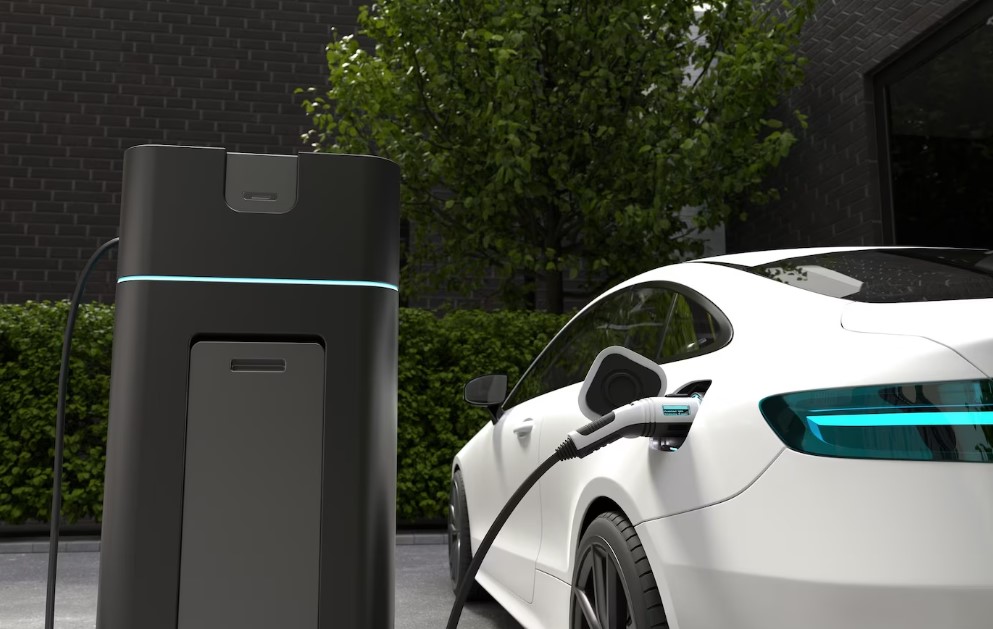The automobile industry is experiencing a significant shift as electric cars are gaining more and more popularity, with massive implications for global oil demand. In 2023, worldwide sales of EVs increased by 12.4% from the first half of the previous year, with Tesla remaining at the forefront of the market. But why is the world seeing an electric car revolution? Well, their popularity is increasing along with the need for eco-friendly solutions, but EVs offer many other incredible benefits, such as reduced cost.
Of course, electric cars aren’t free of challenges – just like traditional automobiles, they can also experience issues, which is why diagnostics is so critical. One of the most effective tools to fix potential car problems is an OBD scanner, which is generally used with conventional gasoline automobiles. This tool allows drivers to check the state of their car, which could face different issues, ranging from a bad battery and tire troubles to squeaking brakes and an overheating engine. The good news is some of the problems your car experiences can be fixed quickly if you use an OBD to identify them (yes, it works on electric vehicles as well).
EVs are incredibly innovative and are now transforming the driving experience – which is only possible due to technological advancements. Here’s an interesting fact: the first electric vehicle was created in 1832 by a Scottish inventor called Robert Anderson; however, using it wasn’t a viable option back then. Only after the improvements made in battery technology did EVs become an appealing alternative to traditional automobiles. If you’re interested in learning more about EVs, keep reading as we explore the advanced technology behind these amazing cars.

Regenerative Braking Technology
Regenerative brakes don’t rely on a traditional friction braking system to slow down the vehicle or stop it. Instead, they are based on electric motors. Unlike friction braking, regenerative brakes waste less energy by capturing the kinetic energy and sending it to the car’s batteries. Put simply, the electric motor of the vehicle functions like a generator, increasing the life of the vehicle’s brake pads and the overall efficacy of the automobile. The technology makes driving seem less of a chore, allowing you to stop the car without using the brake pedal.
Regenerative braking is always evolving, relying on cameras, sensors and AI to examine traffic and road conditions, which helps maximize energy recovery and boost driving safety and comfort.
Instant Torque
Instant torque is essential in electric vehicles, offering a seamless acceleration experience to drivers and increasing safety at the same time. When stepping on the accelerator, maximum torque is produced right away in the car’s electric motor, which is very different from how traditional internal combustion cars work. The latter produce maximum torque only after a “rev up” period.
Regarding safety, instant torque lowers the likelihood of an accident, enabling you to maneuver quickly and protect yourself from potential dangers.
Over-The-Air Updates (OTA)
This technology is also groundbreaking, eliminating the necessity for car service appointments. This is possible because OTA enables remote updates of the vehicle’s software, saving time and enabling the automobile to function properly. Some of the updates that OTA can provide can vary from minor bug fixes to considerable changes in the software that will improve the vehicle’s functionality.
Over-the-air updates strongly influence autonomous driving capabilities, so it’s no surprise that so many reputable car companies are using the technology when manufacturing vehicles. Some automakers that provide OTA updates include Audi, BMW, Hyundai, Nissan, and Tesla, to name just a few. As technology improves, we can expect to see autonomous driving accelerating even more in the future.
Advanced Navigation Systems
Electric cars rely on another impressive technology: advanced navigation systems, which utilize real-time data to identify the most efficient routes, saving drivers’ a lot of stress and time. With these systems, drivers can also benefit from features like charging station locations, parking availability, congestion information, and toll roads. Each of these features is meant to transform the driving experience into a more efficient and pleasant one.
Advanced navigation systems play a crucial role in enabling autonomous driving capabilities, contributing to a future where hands-free driving is a possibility, reducing any burden for drivers and providing convenience. Perhaps one of the most significant benefits of this technology is its environmental impact. EVs smart features make the automotive industry more sustainable, participating in the global movement to fight climate change.
The Future of Electric Cars: Three Trends to Keep an Eye On
EVs represent a stepping stone towards a more sustainable future, and it’s expected that the shift towards them will only get bigger in the future. Let’s further take a look at three exciting trends that will shape EVs.
Widespread adoption
This is probably not surprising, given the statistics about EVs growth. In the next decade, it is expected that these automobiles will be more accessible to customers on a larger scale, due to the decreased battery costs. Moreover, EVs could even surpass vehicles based on combustion engines in some parts of the world, generating more sales than they currently do. Not only that, but they will also be available in a wide range of models, including SUVs, compact cars and trucks, thus meeting everyone’s needs and preferences.
Battery technology improvement
Batteries are an essential component of electric vehicles, and their improvement is critical for the sector to grow further. In the future, solid-state batteries (which provide better safety and higher energy density) could be more popular, making EVs lighter and more effective. Furthermore, batteries could also address sustainability concerns due to improvements in second-life applications and recycling.
Energy ecosystem integration
Electric cars go beyond improving the driving experience; they also play a role in the broader energy ecosystem. V2G could be a revolutionary technology in the future of EVs, feeding power back into the grid, thus improving its stability and even creating revenue streams for owners. This technology could result in a symbiotic relationship between electric cars and the energy grid, transforming perceptions about energy distribution.
The bottom line
EVs are beneficial not only for drivers but also for the planet. In the years to come, they will redefine how people experience transportation, making the automotive industry more innovative and sustainable.

Taylor is a freelance SEO copywriter and blogger. His areas of expertise include technology, pop culture, and marketing.













